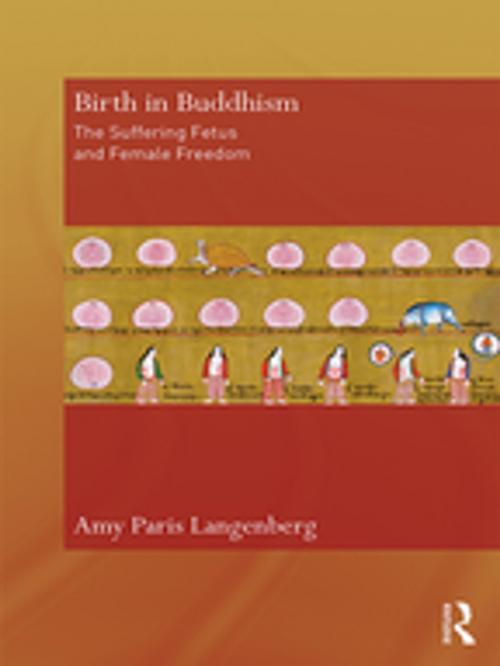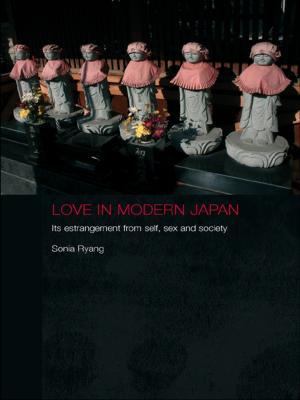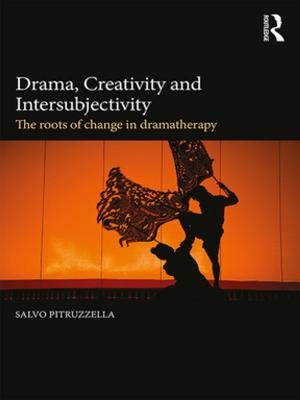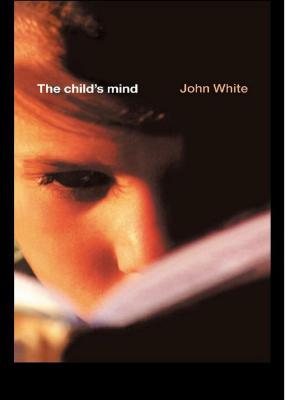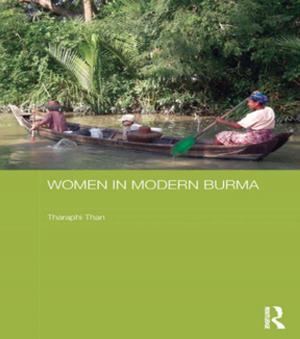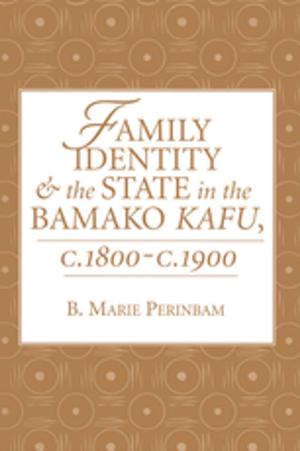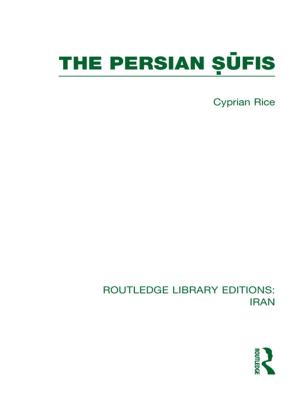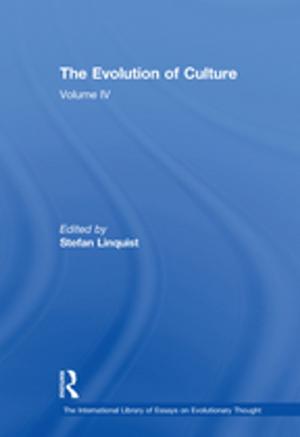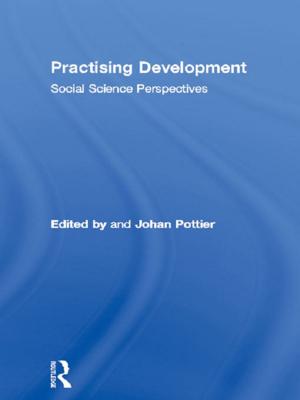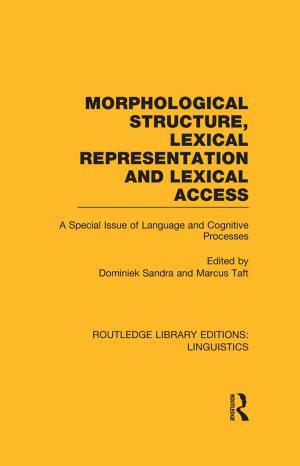Birth in Buddhism
The Suffering Fetus and Female Freedom
Nonfiction, Social & Cultural Studies, Social Science, Cultural Studies, Ethnic Studies, Religion & Spirituality, Eastern Religions, Buddhism| Author: | Amy Paris Langenberg | ISBN: | 9781315512518 |
| Publisher: | Taylor and Francis | Publication: | June 26, 2017 |
| Imprint: | Routledge | Language: | English |
| Author: | Amy Paris Langenberg |
| ISBN: | 9781315512518 |
| Publisher: | Taylor and Francis |
| Publication: | June 26, 2017 |
| Imprint: | Routledge |
| Language: | English |
Recent decades have seen a groundswell in the Buddhist world, a transnational agitation for better opportunities for Buddhist women. Many of the main players in the transnational nuns movement self-identify as feminists but other participants in this movement may not know or use the language of feminism. In fact, many ordained Buddhist women say they seek higher ordination so that they might be better Buddhist practitioners, not for the sake of gender equality.
Eschewing the backward projection of secular liberal feminist categories, this book describes the basic features of the Buddhist discourse of the female body, held more or less in common across sectarian lines, and still pertinent to ordained Buddhist women today. The textual focus of the study is an early-first-millennium Sanskrit Buddhist work, "Descent into the Womb scripture" or Garbhāvakrānti-sūtra. Drawing out the implications of this text, the author offers innovative arguments about the significance of childbirth and fertility in Buddhism, namely that birth is a master metaphor in Indian Buddhism; that Buddhist gender constructions are centrally shaped by Buddhist birth discourse; and that, by undermining the religious importance of female fertility, the Buddhist construction of an inauspicious, chronically impure, and disgusting femininity constituted a portal to a new, liberated, feminine life for Buddhist monastic women. Thus, this study of the Buddhist discourse of birth is also a genealogy of gender in middle period Indian Buddhism.
Offering a new critical perspective on the issues of gender, bodies and suffering, this book will be of interest to an interdisciplinary audience, including researchers in the field of Buddhism, South Asian history and religion, gender and religion, theory and method in the study of religion, and Buddhist medicine.
Recent decades have seen a groundswell in the Buddhist world, a transnational agitation for better opportunities for Buddhist women. Many of the main players in the transnational nuns movement self-identify as feminists but other participants in this movement may not know or use the language of feminism. In fact, many ordained Buddhist women say they seek higher ordination so that they might be better Buddhist practitioners, not for the sake of gender equality.
Eschewing the backward projection of secular liberal feminist categories, this book describes the basic features of the Buddhist discourse of the female body, held more or less in common across sectarian lines, and still pertinent to ordained Buddhist women today. The textual focus of the study is an early-first-millennium Sanskrit Buddhist work, "Descent into the Womb scripture" or Garbhāvakrānti-sūtra. Drawing out the implications of this text, the author offers innovative arguments about the significance of childbirth and fertility in Buddhism, namely that birth is a master metaphor in Indian Buddhism; that Buddhist gender constructions are centrally shaped by Buddhist birth discourse; and that, by undermining the religious importance of female fertility, the Buddhist construction of an inauspicious, chronically impure, and disgusting femininity constituted a portal to a new, liberated, feminine life for Buddhist monastic women. Thus, this study of the Buddhist discourse of birth is also a genealogy of gender in middle period Indian Buddhism.
Offering a new critical perspective on the issues of gender, bodies and suffering, this book will be of interest to an interdisciplinary audience, including researchers in the field of Buddhism, South Asian history and religion, gender and religion, theory and method in the study of religion, and Buddhist medicine.
